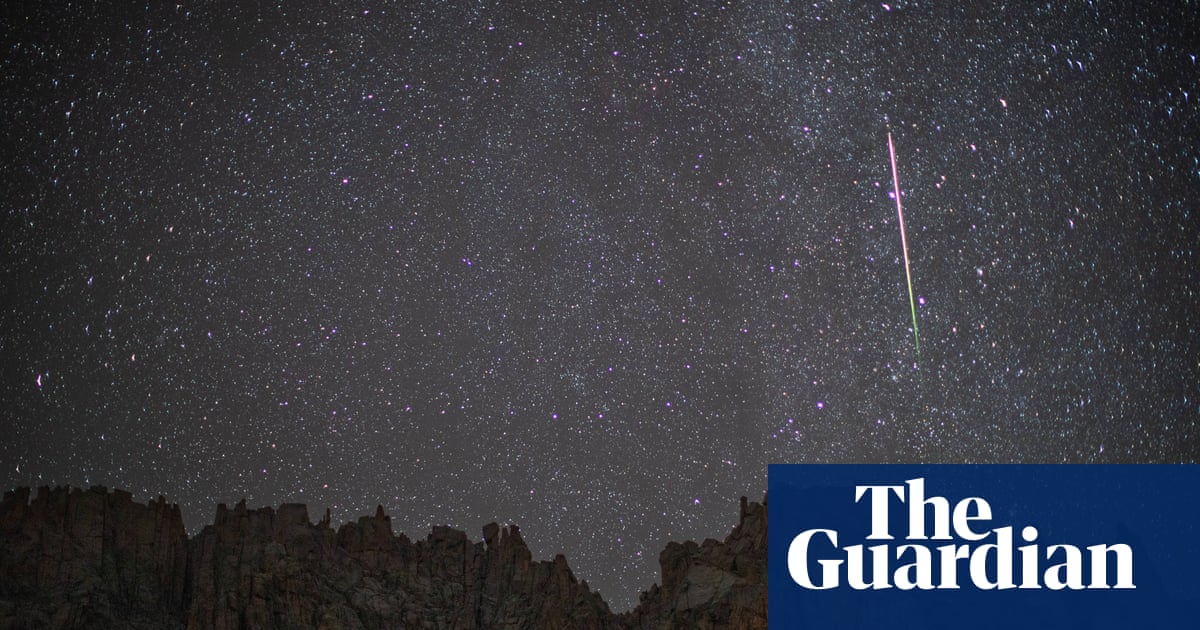Stargazers will have another opportunity to observe the Perseid meteor shower on Tuesday evening, after it was preceded by the stunning spectacle of the Northern Lights.
As the meteor shower reached its peak on Monday evening, shooting stars shot across the skies over Britain last weekend.
In areas further north, such as Northumbria, North Yorkshire and parts of Scotland, some observed a double display of the Perseids and the Northern Lights.
Although the geomagnetic storm that caused the colorful aurora has subsided, the meteor spectacle will still be active until August 24.
The Royal Observatory in Greenwich describes the shower as “one of the most spectacular things to be seen in the night sky between July and August.”
The annual meteor shower consists of the debris left behind by the comet Swift-Tuttle, which appears every 20 to 200 years. The average speed of a Perseid meteor is about 36 miles per second, leaving behind bright swarms of meteors.
Marina Muttik, 29, who watched the Northern Lights and Perseid meteor shower from Chesham in Buckinghamshire, said: “It’s always a moving feeling to watch the night sky and the Perseid meteor shower added a touch of magic to the whole thing – perfect for making a wish.”
The meteor shower is best viewed when the sky is darkest between midnight and 5:30 a.m. To increase the chance of catching a glimpse of the celestial spectacle, stargazers are advised to go to a dark area at night, turn away from street lights, and avoid looking at cell phones to adjust their vision.
after newsletter campaign
It is also advisable to view the Perseids out of the corner of your eye, as peripheral vision is more sensitive than central vision in poor lighting conditions.
National parks such as the Lake District, Exmoor and Snowdonia are ideal places to view the Perseids unobstructed, while elevated inner-city locations such as Hampstead Heath and the Royal Observatory in London also offer clear views.
Dr Ed Bloomer, a senior astronomer at the Royal Observatory in Greenwich, said that while it is often fun to watch the spectacle together with others, the fleeting appearance of the Perseids is a personal experience.



